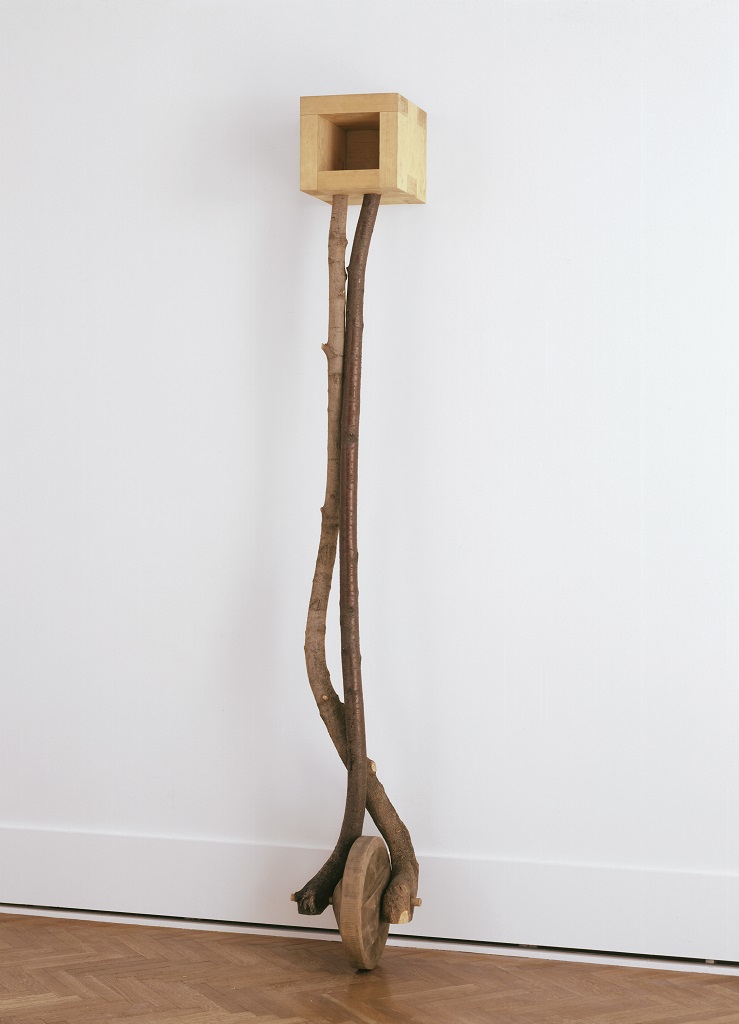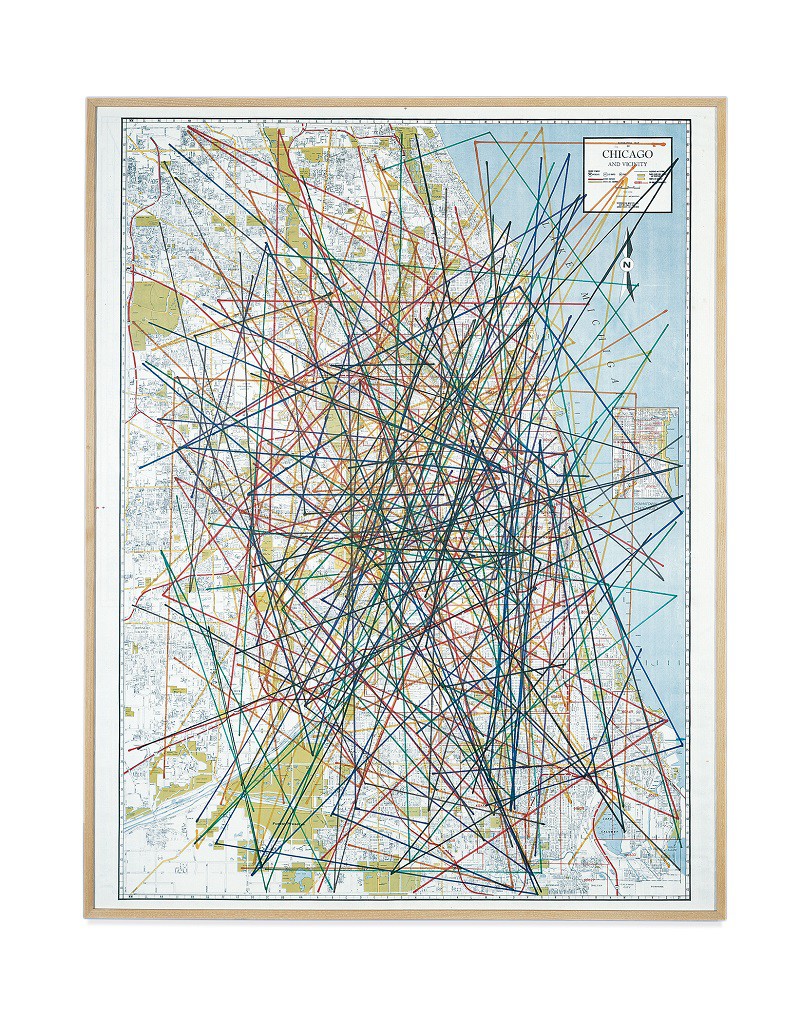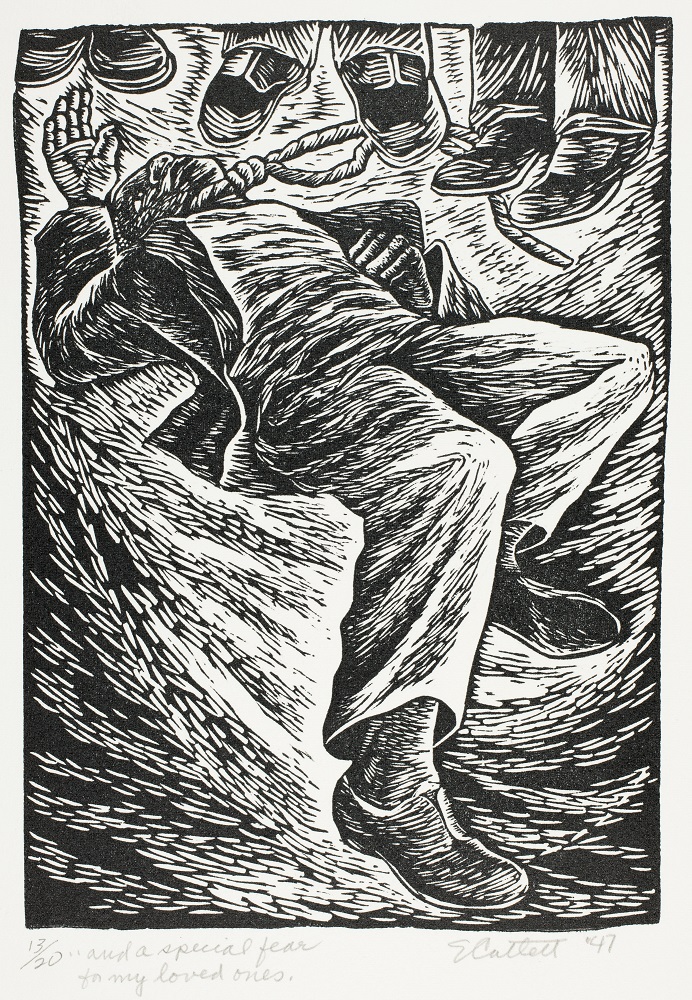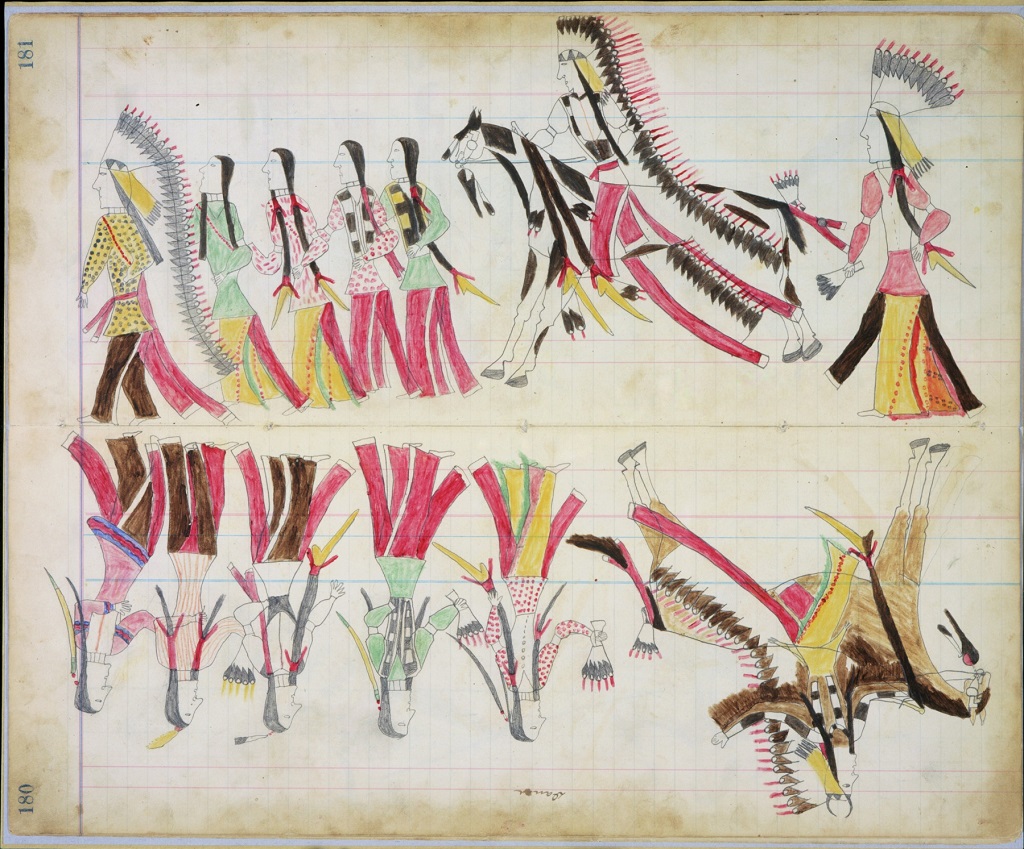Authors:
Jennifer Barron, Kennedy High School
Melissa Covington Tanner, Art Institute of Chicago
With contributions from:
Laura Lang, PhD, University of Wisconsin—Madison, Literacy Consultant
Mary Hawley, Literacy Consultant
Summary:
In this lesson, students will explore how works of art and literature can help us understand how certain belongings can strengthen our sense of identity and peace of mind. Unfortunately, when these objects are lost to us we have to figure out how to cope with that loss. As a culminating activity, students will create an artwork that depicts the items they would use to create a personal “sanctuary.”
Lesson Overview
Grade Levels: 9–12
Time Needed: 2–3 class periods, 40–50 minutes each
Background Needed
No specific background is needed for this lesson.
Essential Questions
- How do objects reflect someone’s sense of identity?
- How do individuals respond when they suffer the loss of something that is important to them?
- How can art and literature help us understand the ways that people deal with loss?
Enduring Understandings
- Works of art and literature can express the complex feelings that people have when they lose something that is connected to their sense of identity.
- By closely reading these works of art and literature, we can better understand the impact of these losses.
- Sometimes people deal with loss by creating an inner refuge for themselves, or a sanctuary.
Objectives
- Students will determine central ideas or themes of a text and analyze their development.
- Students will analyze how two or more texts address similar themes or topics in order to build knowledge.
- Students will prepare for and participate effectively in a range of conversations and collaborations with diverse partners, building on others’ ideas and expressing their own clearly and persuasively.
- Students will integrate and evaluate information presented in diverse media and formats, including visually and orally.
Key Vocabulary
- composition
- contradiction
- disaster
- form
- sanctuary
- tension
Standards Connections
Common Core State Standards
Anchor Standards in Reading: http://www.corestandards.org/ELA-Literacy/CCRA/R/
- CCSS-ELA Reading Anchor Standard 2: CCSS.ELA-LITERACY.CCRA.R.2
- CCSS-ELA Reading Anchor Standard 9: CCSS.ELA-LITERACY.CCRA.R.9
Anchor Standards in Speaking and Listening: http://www.corestandards.org/ELA-Literacy/CCRA/SL/
- CCSS-ELA Speaking and Listening Anchor Standard 1: CCSS.ELA-LITERACY.CCRA.SL.1
- CCSS-ELA Speaking and Listening Anchor Standard 2: CCSS.ELA-LITERACY.CCRA.SL.2
Materials
In the Classroom
- writing journals or loose-leaf paper
- a computer with Internet access
- an interactive whiteboard or another classroom projector
- art supplies, such as watercolors, clay, crayons, and markers; and/or printouts of photographs
Works of Art
- Martin Puryear, Sanctuary
Other Resources
- Elizabeth Bishop, “One Art”: http://www.poetryfoundation.org/poem/176996
- Foster Huntington, The Burning House: What Would You Take? (New York: Harper Collins, 2012). As an alternative to the book, students can view the website, which is updated frequently with new contributions: http://theburninghouse.com/
- Art Study: Sanctuary
Lesson Steps
- Have students explore the Burning House project: Briefly introduce The Burning House: What Would You Take?, either through the book or the website (http://theburninghouse.com). Explain the concept: The book and website consist of photographs and text submitted by individuals who were asked, “If your house was burning, what would you take with you?” Allow students opportunities to view, read, and discuss several of the submissions. Then discuss the collections with questions like these:
- What are your first impressions after looking at several of the collections?
- What types of things do you see in the collections? What criteria do you think people used to select these items?
- Look closely at one collection. What do you find most interesting?
- How do you think this collection reflects the identity of the person who created it? What does the collection reveal about that person?
- If you were preparing a submission to The Burning House, what are some items that would you include? In what ways would these items reflect your identity?
- Read and discuss the poem “One Art” by Elizabeth Bishop: Project the poem (http://www.poetryfoundation.org/poem/176996). Tell students to listen for rhythms and repetitions in the poem as you read it aloud the first time. Then have students join in for a second reading. Discuss the poem with questions like these:
- What are the first things that you notice about this poem?
- What words and phrases stand out for you the most? What makes them stand out?
- List the things that the speaker has lost. Which of them are concrete objects, and which are less tangible?
- How do you think a person could lose “some realms I owned, two rivers, a continent”?
- What is the last loss that the speaker talks about? How is this loss different from the others?
- The speaker says repeatedly, “The art of losing / isn’t hard to master.” Do you think she believes her own words? Why or why not? Find evidence in the poem to support your ideas.
- What is the significance of the poem’s title?
- What does the poem reveal about the experience of loss? How is the speaker coping with her losses?
- Have students look closely at Martin Puryear’s Sanctuary sculpture: Project the image and distribute copies of the Art Study: Sanctuary. Have students work in small groups to analyze the sculpture. They should begin by responding to the “Questions for Looking.” At least one member of the group should record their responses. When they finish responding to these initial questions, they should read through the text together, highlighting and discussing any details that help them better understand the meaning of Puryear’s sculpture. Then they should discuss the questions below and record their responses. Have the groups share their responses and ideas with the class.
- What does the word “sanctuary” mean to you? How would you represent “sanctuary” in a work of art? How does Martin Puryear share his interpretation of the term through his artwork?
- Following his college graduation, Martin Puryear traveled extensively in the United States and around the world, which deepened his understanding of how to work with natural materials and informed his art making. What travels—even around your community—have influenced you?
- As you read in the “Read to Build Knowledge” section of the text, this artwork by Martin Puryear is one of a series of sculptures made as a response to his personal experience. What can an artwork tell you about the identity of its maker? Is it always appropriate to consider an artwork and its maker together? Why or why not?
- Compare the themes of Sanctuary and “One Art”: Point out that both Martin Puryear and the speaker in “One Art” experienced great losses. Then compare the artwork and the poem with questions such as the following:
- In the sculpture, what are the characteristics of the “sanctuary” that Puryear has created?
- What message might Puryear be expressing about dealing with loss?
- How does this compare with the speaker’s message about loss in “One Art”? Do you think the speaker could benefit from creating some kind of sanctuary for herself?
- Have students create a representation of a personal “sanctuary”: Tell students they will create a work of art that represents a sanctuary that they could create for themselves after a loss. The piece might incorporate some of the items that they identified above for a Burning House collection, or it might include found text and images. Students should have access to a variety of art-making materials (watercolors, clay, crayons, markers, etc.). When finished, students should write a brief description of their artwork; this description should explain how their artistic choices help convey the meaning or personal significance of the different elements in their depiction of a sanctuary.
Additional Resources
Art 21, PBS. “Martin Puryear.” Video recording. http://www.pbs.org/art21/artists/martin-puryear. In the first five minutes of the video, artist Martin Puryear discusses the ideas behind his piece titled Ladder for Booker T. Washington.
Benezra, Neal. Martin Puryear. Chicago: Art Institute of Chicago, 1991.
Teacher Manual: African American Art at The Art Institute of Chicago. Chicago: The Art Institute of Chicago, 1997. Accessed December 2, 2014. http://www.artic.edu/aic/resources/resource/1151.






